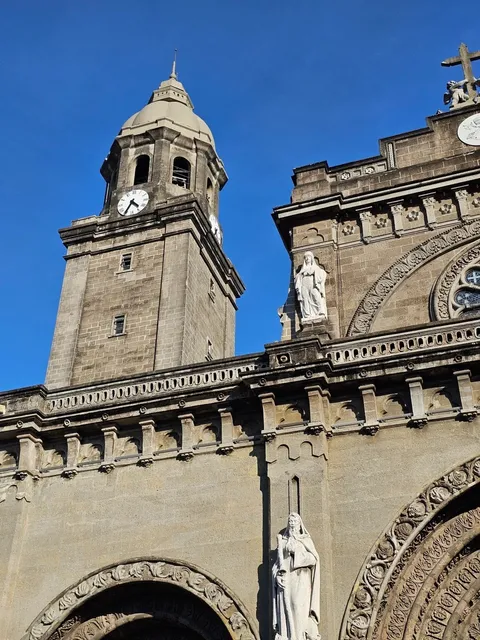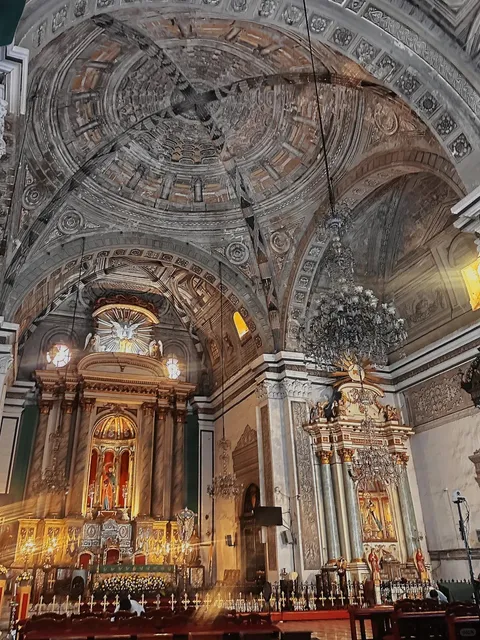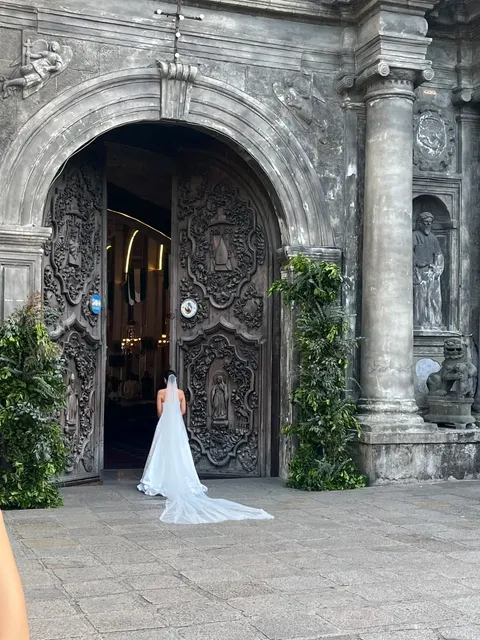San Agustin Church things to do, attractions, restaurants, events info and trip planning
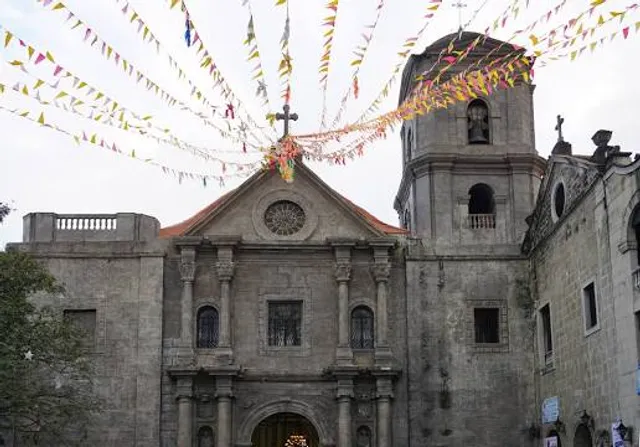
Basic Info
San Agustin Church
General Luna St, Intramuros, Manila, 1002 Metro Manila, Philippines
4.6(2.3K)
Open 24 hours
Save
spot
spot
Ratings & Description
Info
Cultural
Accessibility
attractions: Casa Manila, Bambike Ecotours Intramuros, The Manila Cathedral, Bahay Tsinoy, Museum of Chinese in Philippine Life, Museo de Intramuros, Padre Blanco Gardens, Intramuros and Rizal’s Bagumbayan Light and Sound Museum, Puerta de Santa Lucia, Baluarte de San Diego, Archdiocese of Manila, restaurants: Barbara's Heritage Restaurant, Ristorante delle Mitre, Plaza San Luis Complex, Casa Manila Patio, Casa Nueva Bistro Cafe Restaurant, Sky Deck, Pares Kimchi - Intramuros, 9 SPOONS - The Bayleaf Intramuros, Grotto Hookah Lounge, Dexter Pizza Intramuros
 Learn more insights from Wanderboat AI.
Learn more insights from Wanderboat AI.Phone
+63 2 8527 2746
Website
facebook.com
Plan your stay

Pet-friendly Hotels in Manila
Find a cozy hotel nearby and make it a full experience.

Affordable Hotels in Manila
Find a cozy hotel nearby and make it a full experience.

The Coolest Hotels You Haven't Heard Of (Yet)
Find a cozy hotel nearby and make it a full experience.

Trending Stays Worth the Hype in Manila
Find a cozy hotel nearby and make it a full experience.
Reviews
Nearby attractions of San Agustin Church
Casa Manila
Bambike Ecotours Intramuros
The Manila Cathedral
Bahay Tsinoy, Museum of Chinese in Philippine Life
Museo de Intramuros
Padre Blanco Gardens
Intramuros and Rizal’s Bagumbayan Light and Sound Museum
Puerta de Santa Lucia
Baluarte de San Diego
Archdiocese of Manila
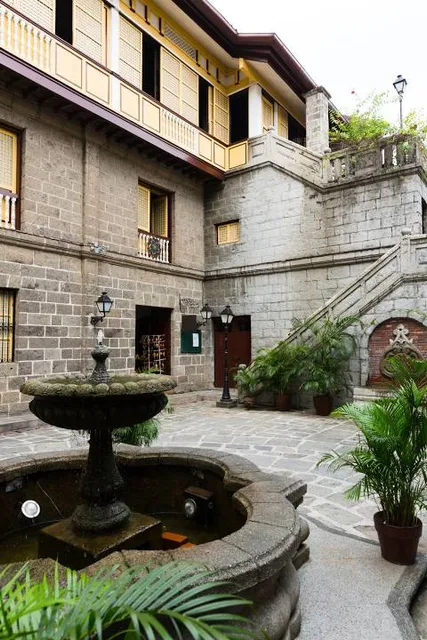
Casa Manila
4.6
(456)
Open 24 hours
Click for details
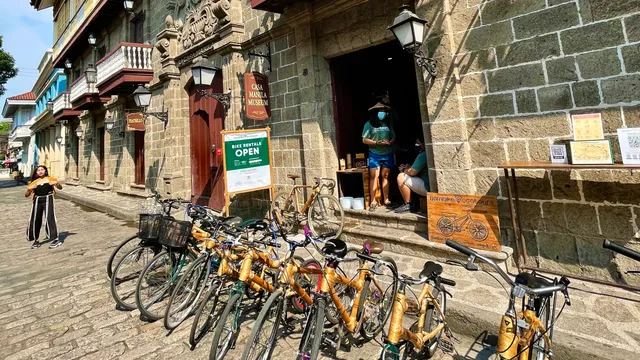
Bambike Ecotours Intramuros
4.7
(338)
Open 24 hours
Click for details
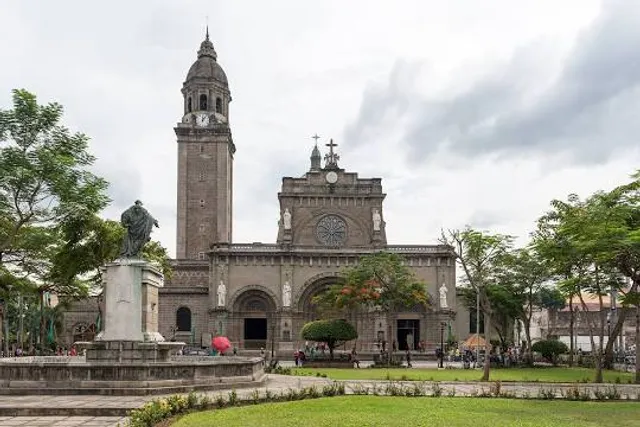
The Manila Cathedral
4.7
(3K)
Open 24 hours
Click for details
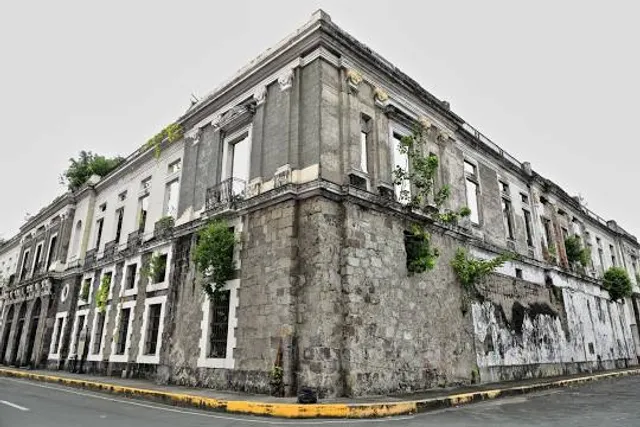
Bahay Tsinoy, Museum of Chinese in Philippine Life
4.4
(182)
Closed
Click for details
Things to do nearby

Makati Street Food Experience End in a Rooftop Bar
Thu, Dec 25 • 6:00 PM
Makati, 1210, Metro Manila, Philippines
View details
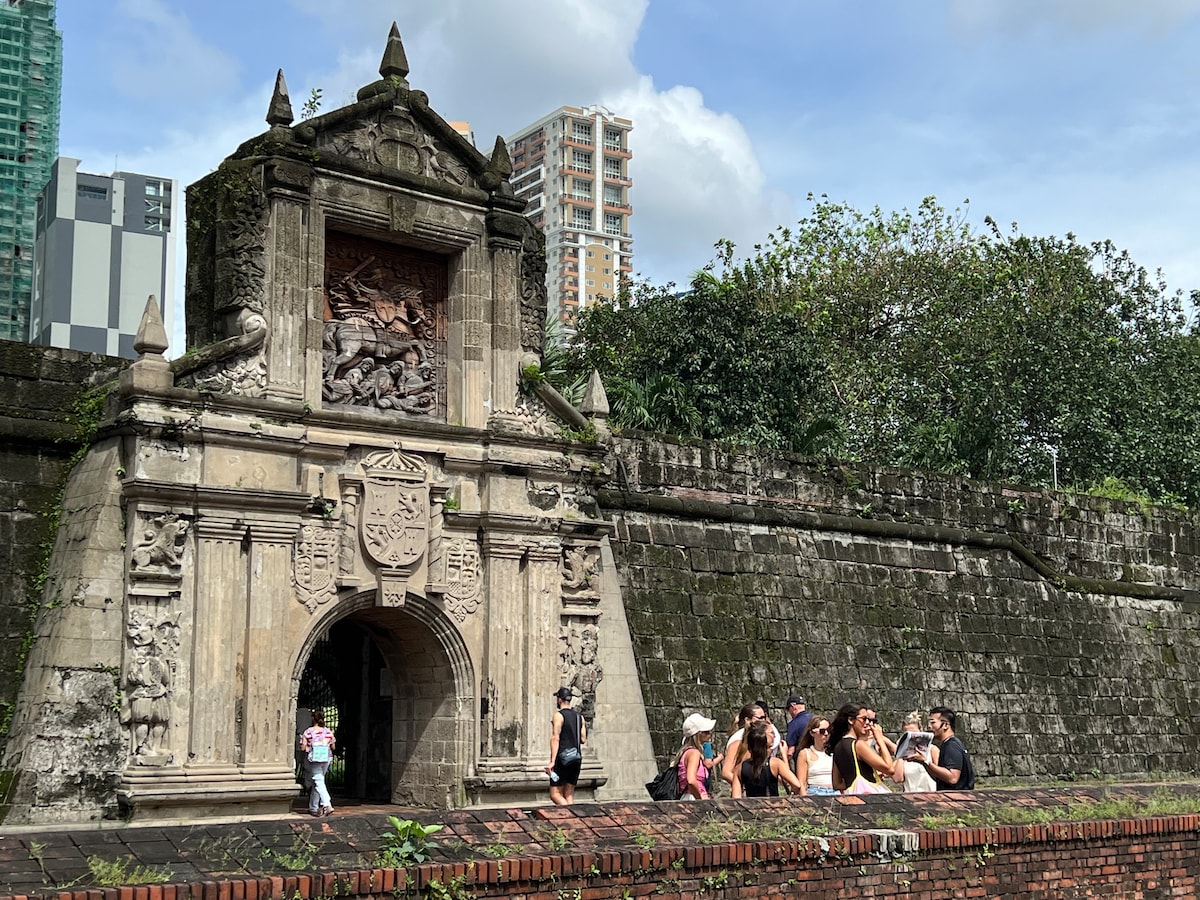
Walking Tour: History and Flavors of Intramuros
Fri, Dec 26 • 9:30 AM
Plaza San Luis Complex
Manila, 1002, Metro Manila, Philippines
View details
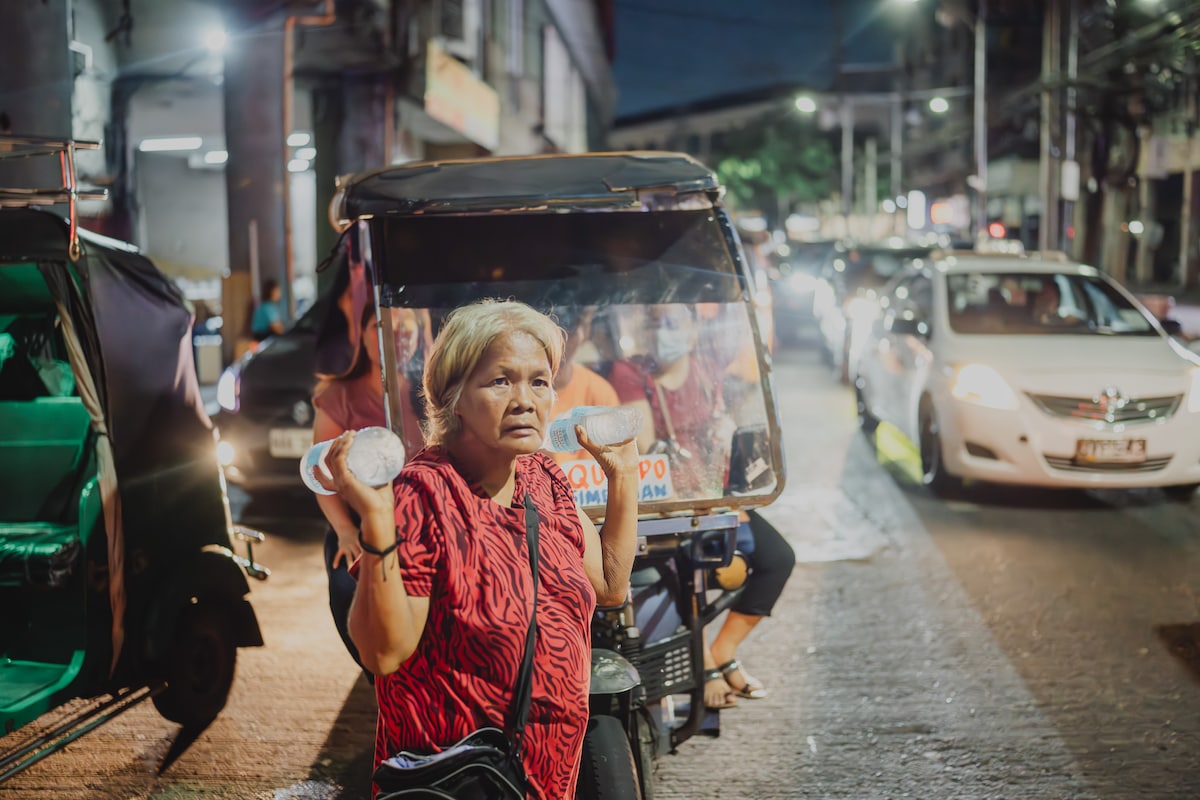
Manila Street Food and Night Market Experience
Thu, Dec 25 • 6:00 PM
City Of Manila, 1012, Metro Manila, Philippines
View details
Nearby restaurants of San Agustin Church
Barbara's Heritage Restaurant
Ristorante delle Mitre
Plaza San Luis Complex
Casa Manila Patio
Casa Nueva Bistro Cafe Restaurant
Sky Deck
Pares Kimchi - Intramuros
9 SPOONS - The Bayleaf Intramuros
Grotto Hookah Lounge
Dexter Pizza Intramuros
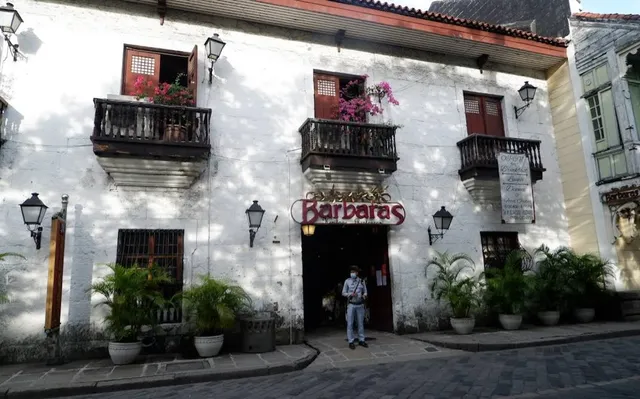
Barbara's Heritage Restaurant
4.3
(678)
Click for details

Ristorante delle Mitre
4.3
(301)
Click for details
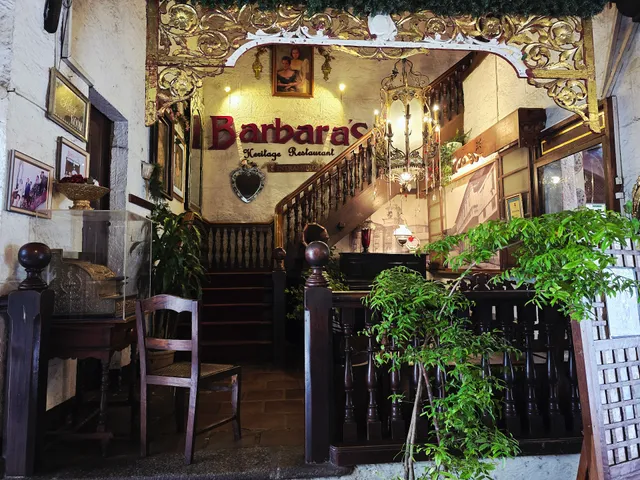
Plaza San Luis Complex
4.5
(230)
Click for details
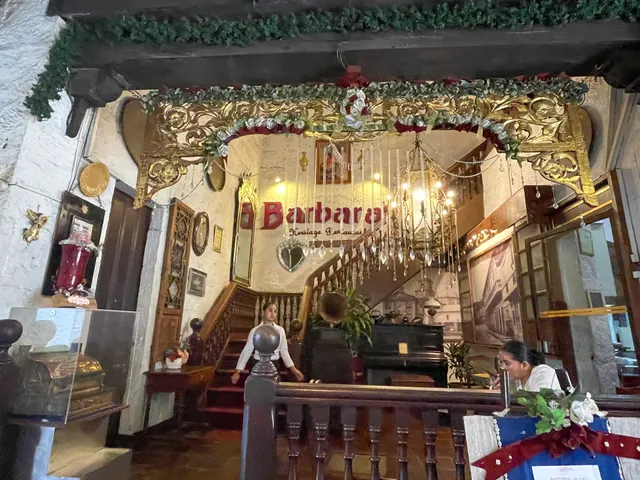
Casa Manila Patio
4.4
(83)
Click for details


